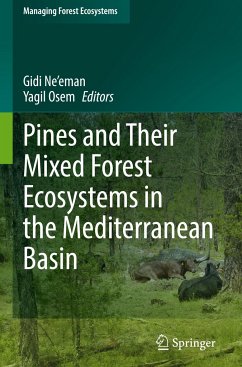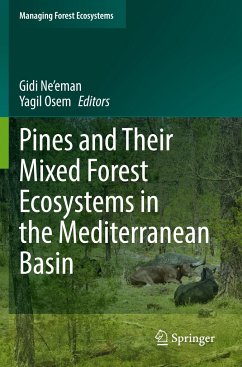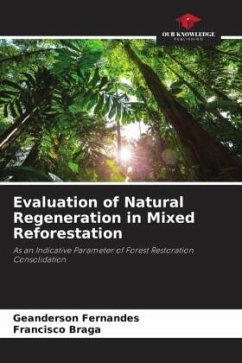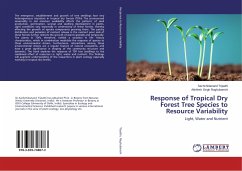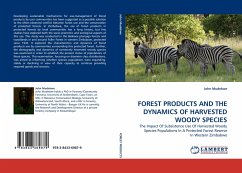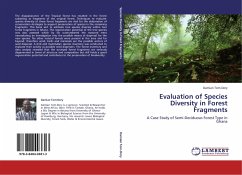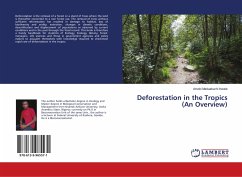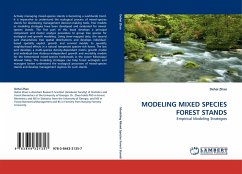
MODELING MIXED SPECIES FOREST STANDS
Empirical Modeling Strategies
Versandkostenfrei!
Versandfertig in 6-10 Tagen
39,99 €
inkl. MwSt.

PAYBACK Punkte
20 °P sammeln!
Actively managing mixed-species stands is becoming a worldwide trend. It is imperative to understand the ecological process of mixed-species stands for developing management decision-making tools. Few models or modeling strategies have been developed and evaluated for mixed-species stands. The first part of this book develops a principal component and cluster analysis procedure to group tree species for ecological and growth modeling. Using stem-mapped data, the second part characterizes tree spatial distributions and develops individual-based spatially explicit growth and survival models to q...
Actively managing mixed-species stands is becoming a worldwide trend. It is imperative to understand the ecological process of mixed-species stands for developing management decision-making tools. Few models or modeling strategies have been developed and evaluated for mixed-species stands. The first part of this book develops a principal component and cluster analysis procedure to group tree species for ecological and growth modeling. Using stem-mapped data, the second part characterizes tree spatial distributions and develops individual-based spatially explicit growth and survival models to quantify neighborhood effects in a natural temperate species-rich forest. The last part develops a multi-species density-dependent matrix growth model and individual-tree distance-independent growth and mortality models for the bottomland mixed-species hardwoods in the Lower Mississippi Alluvial Valley. The modeling strategies can help forest ecologists and managers better understand the ecological processes of mixed-species stands and develop management regimes for such stands.




